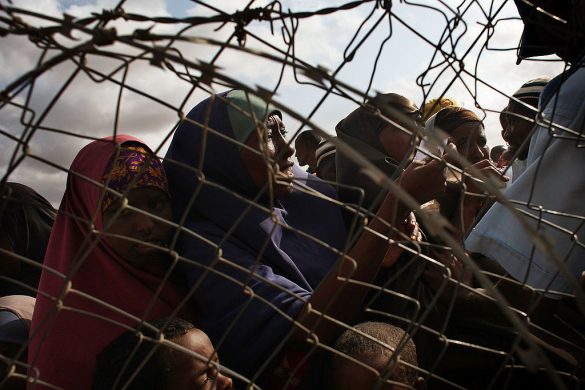GENEVA, 8 December 2017 (WHO): Uganda has successfully controlled an outbreak of Marburg virus disease (MVD) and prevented its spread only weeks after it was first detected, the World Health Organization said on Friday.
“Uganda has led an exemplary response. Health authorities and partners, with the support of WHO, were able to detect and control the spread of Marburg virus disease within a matter of weeks,” said Dr Matshidiso Moeti, WHO Regional Director for Africa.
The Ugandan Ministry of Health notified WHO of the outbreak on October 17, after laboratory tests confirmed that the death of a 50-year-old woman was due to infection with the Marburg virus. A Public Health Emergency Operations Centre was immediately activated and a national taskforce led the response.
Tre personer døde under udbruddet
Three people died over the course of the outbreak which affected two districts in eastern Uganda near the Kenyan border, Kween and Kapchorwa. Health workers followed up with a total 316 close contacts of the patients in Uganda and Kenya to ensure that they had not acquired the illness.
The MVD outbreak was declared contained by the Ministry of Health after the contacts of the last confirmed patient completed 21 days of follow up (to account for the 21-day incubation period of the virus) and an additional 21 days of intensive surveillance was completed in affected districts.
“As evidenced by the quick and robust response to the Marburg virus disease outbreak, we are committed to protecting people by ensuring that all measures are in place for early detection and immediate response to all viral haemorrhagic fever outbreaks,” said Ugandan Minister of Health Sarah Opendi.
Within 24 hours of being informed by Ugandan health authorities in early October, WHO deployed a rapid response team to the remote mountainous area. The Organization also released US$623,000 from its Contingency Fund for Emergencies (CFE) to finance immediate support and scale up of the response in Uganda and Kenya.
In subsequent weeks, WHO and partners supported laboratory testing and surveillance, the search for new cases and their contacts, establishing infection prevention measures in health facilities, managing and treating cases, and engaging with communities.
På vagt i Kenya
Surveillance and contact tracing on the Kenyan side of the border by the Kenyan Ministry of Health and partners also prevented cross-border spread of the disease.
“The response to the Marburg virus disease outbreak demonstrates how early alert and response, community engagement, strong surveillance and coordinated efforts can stop an outbreak in its tracks before it ravages communities,” said Dr. Peter Salama, Executive Director of the WHO Health Emergencies Programme. “This was Uganda’s fifth MVD outbreak in ten years. We need to be prepared for the next one.”
WHO will continue to support health authorities in both countries to upgrade their surveillance and response capabilities – including infection prevention and control measures, and case management.
Marburg Virus Disease Factsheet















